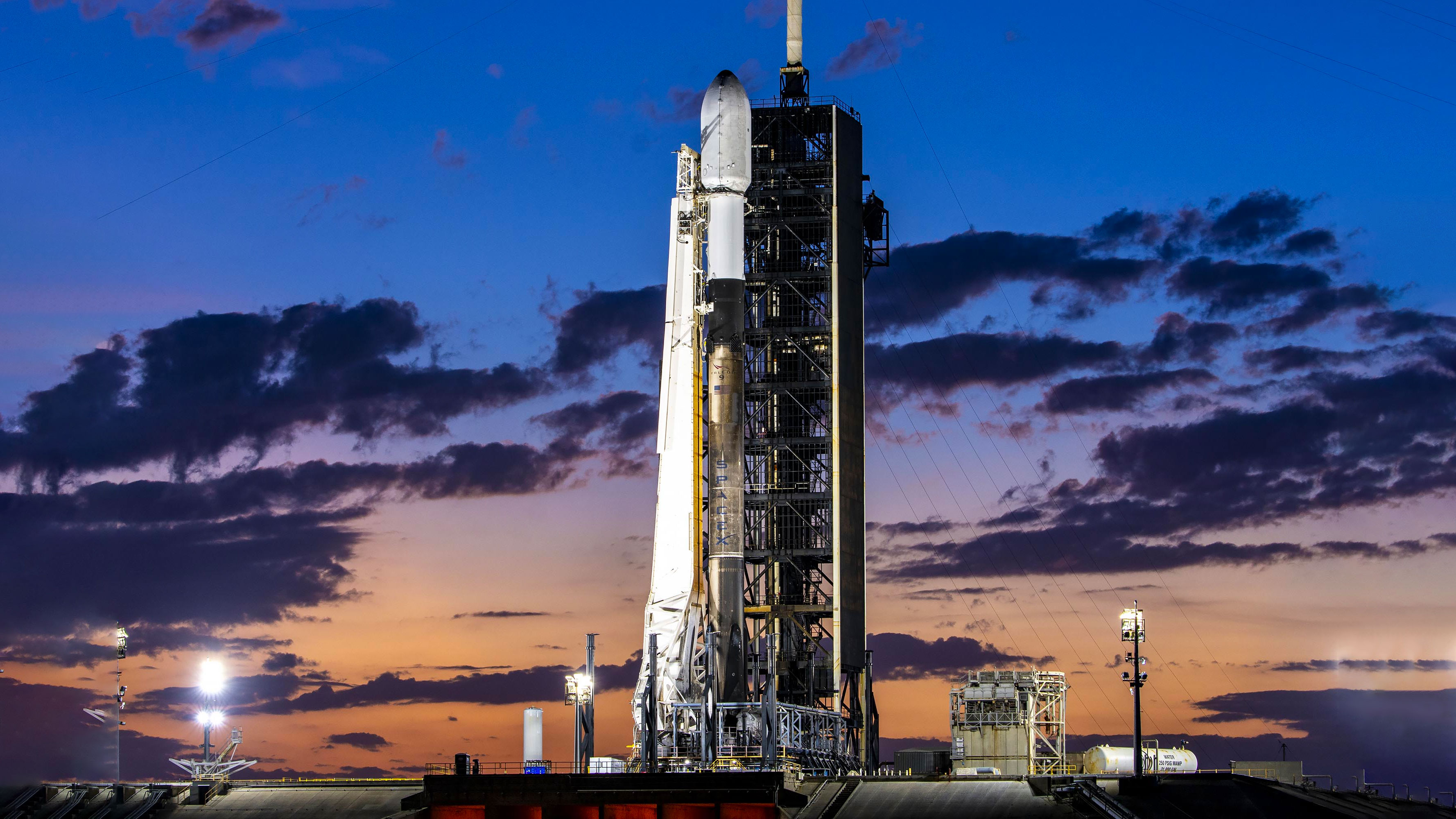The next moon landing could be filmed with this out-of-this-world selfie camera
As a rule, lunar landers have had cameras attached or inside, making external landing shots tricky. ERAU has a fixed that!

With more than a 50 year gap since the Apollo missions, Americans are setting themselves some interesting challenges in their new lunar missions, and Intuitive Machines are very keen to land on the lunar pole where it is believed resources might even include water. At the same time they plan to record the automated landing from the outside for the first time ever.
In other words, the IM-1 mission, which is a commercial flight, needs to get a camera close enough to the surface to see the landing unfolding, but not physically attached to the lander as in the past. If it could be pulled off, it'd be the first time anyone got a third-person view of an spacecraft landing anywhere except earth. This is exactly the plan for the Embry-Riddle Aeronautical University PhD students.
The landing craft (a bit bigger than an old British police box, or 'Tardis') will land itself using automated systems. That's because the latency, or delay, in radio signals from Earth would make it impossible to control remotely with the necessary precision. It houses a number of different commercial payloads, including the camera.
At about 100ft/30m above the surface the 'Embry-Riddle Eaglecam' will be ejected to record what Intuitive Machine's materials call "an out-of-this-world selfie." Since they'll fall together, the landing will be captured.
After being challenged to take it on by Intuitive Machines' CEO and co-founder Steve Altemus, himself an alumnus, 26 students have been working on their camera project since 2019 for Intuitive Machines for the Nova-C lander, which is now known as the Odyssey. (Yes, the same name as Apollo 13's Command & Service Module).
The Artemis programme is made up of a mixture of NASA-commissioned rockets like the SLS which is intended to carry astronauts to the moon, first to orbit in 2025 and then to land in 2026, also near the pole. On other missions NASA is keen to partner with commercial providers, like this mission. NASA have several payloads in the lander designed to further the science and help Artemis, while there are commercial payloads too (including, believe it or not, experimental sportswear!)
The rocket being used to carry this unusual camera – and the whole IM-1 package – is a SpaceX Falcon 9. At the time of writing, the mission is expected to take off no earlier than 1:05am EST February 15, following a delay caused by "off-nominal methane temperatures prior to stepping into methane load," as SpaceX put it.
The best camera deals, reviews, product advice, and unmissable photography news, direct to your inbox!
See our guide to the best smart telescope and the best camera for astrophotography.

With over 20 years of expertise as a tech journalist, Adam brings a wealth of knowledge across a vast number of product categories, including timelapse cameras, home security cameras, NVR cameras, photography books, webcams, 3D printers and 3D scanners, borescopes, radar detectors… and, above all, drones.
Adam is our resident expert on all aspects of camera drones and drone photography, from buying guides on the best choices for aerial photographers of all ability levels to the latest rules and regulations on piloting drones.
He is the author of a number of books including The Complete Guide to Drones, The Smart Smart Home Handbook, 101 Tips for DSLR Video and The Drone Pilot's Handbook.


